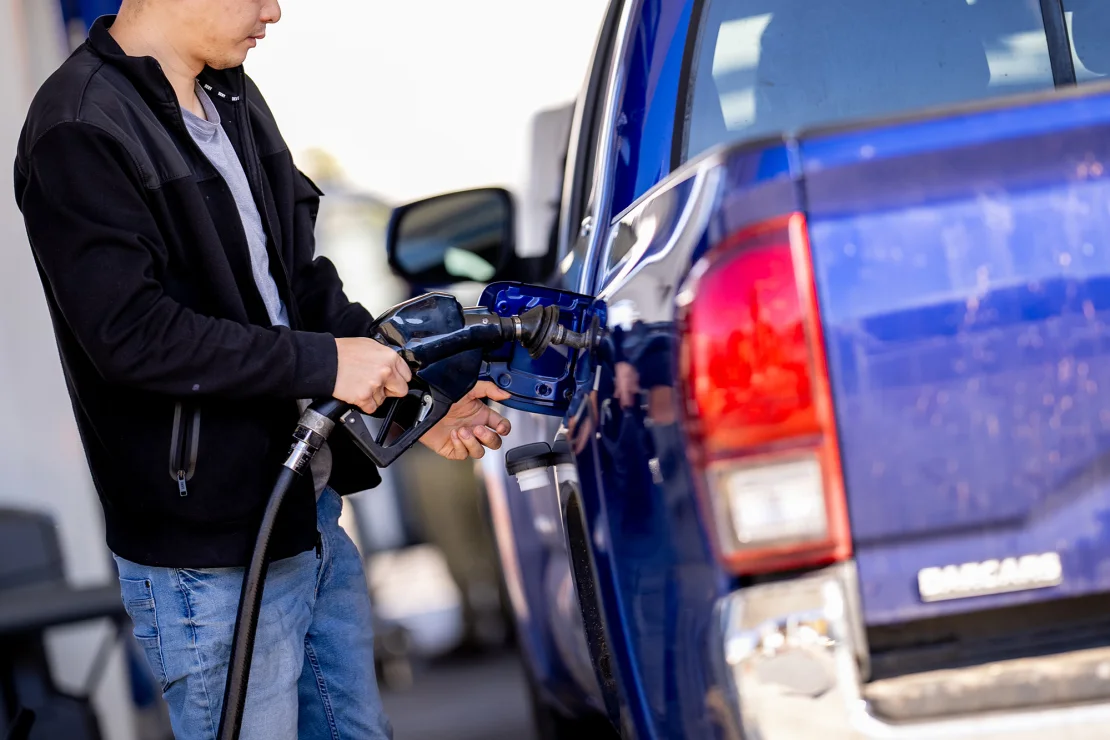
Life throws curveballs. Maybe your car breaks down, a job suddenly ends, or an unexpected medical bill arrives. These moments can feel overwhelming, leading to stress and debt. But what if you could face these surprises with a sense of calm?
Many folks find themselves vulnerable when unexpected expenses hit. They lack a safety net, forcing them into tough choices like taking out high-interest loans. This common financial struggle impacts countless households.
Good news: you can build a strong emergency fund in just six months. This guide will show you how to create that financial cushion. You’ll learn the exact steps to go from uncertain to secure, making your money work for your peace of mind.
Section 1: Understanding Your Emergency Fund
What is an Emergency Fund and Why You Need One
An emergency fund is money set aside just for big, unexpected financial needs. Think of it like a dedicated savings account for a rainy day. Its main goal is to cover costs like losing your job, urgent medical care, or sudden home and car repairs. Having this money means you avoid going into debt when trouble strikes.
Beyond the practical help, an emergency fund gives you a huge psychological boost. Knowing you have money set aside reduces a lot of worry. It calms your nerves when financial uncertainty pops up. This peace lets you focus on finding solutions, not just stressing about bills.
How Much Do You Actually Need?
A common rule of thumb suggests saving three to six months of your living expenses. This amount helps you ride out most financial storms. To figure out your goal, first list all your essential monthly costs. This includes rent or mortgage payments, utilities, food, transport, and insurance premiums. Don’t forget minimum debt payments too.
Multiply that total by three or six to get your target. For instance, if your essentials cost $2,000 a month, you’d aim for $6,000 to $12,000. Your ideal amount might change based on things like job security, if you have kids, or your overall health. More stability often means you can aim for the lower end.
Section 2: Assessing Your Current Financial Situation
Tracking Your Income and Expenses
It’s super important to know where every dollar goes. You can’t make smart money moves if you don’t track it. Many tools exist to help you do this. Budgeting apps, like Mint or YNAB, are popular choices. You could also use a simple spreadsheet or even just a notebook.
The key is consistency. Commit to tracking your income and spending for at least one full month. This gives you a clear and honest picture of your money habits. Don’t guess; truly see your financial flow.
Identifying Areas for Savings
Once you track your money, you can easily spot where it goes. Start by sorting your spending into “needs” versus “wants.” Needs are things you can’t live without, like housing and basic food. Wants are extras, like dining out or streaming services.
Now, think about the non-essential expenses you can cut back on. Even small changes add up fast. For example, one family saved $200 a month by packing lunches and making coffee at home. Look for those easy wins in your own budget.
Section 3: Creating Your 6-Month Savings Plan
Setting a Realistic Monthly Savings Goal
First, calculate your total emergency fund target. Say you need $6,000. Divide that total by six months to get your monthly savings goal. So, $6,000 divided by 6 equals $1,000 per month.
If that monthly goal seems too high, don’t worry. Break it down further. You could aim for $250 a week, or even around $35 a day. Seeing smaller daily goals makes the overall target much less daunting.
Automating Your Savings
The best way to save money is to “pay yourself first.” This means setting money aside before you pay any other bills or spend it. You can easily do this by setting up automatic transfers. Have money move from your checking account to a separate savings account right after you get paid.
Financial advisors often recommend automating savings as the most effective method. Experts like Dave Ramsey and Suze Orman stress this consistency. It ensures you’re always making progress, even if you forget to manually transfer funds.
Section 4: Strategies to Accelerate Your Savings
Increasing Your Income
To save faster, look for ways to bring in more money. Consider a side hustle or freelance work. Websites like Upwork and Fiverr offer many opportunities. You might find a way to use skills you already have.
Another quick way to boost funds is by selling items you no longer need. Decluttering your home can make you cash. Someone once made an extra $500 in a month by selling old electronics and taking a few freelance writing gigs. It shows what’s possible.
Cutting Expenses Even Further
Go back through your recurring bills. Call your insurance provider, internet company, or phone company. Ask if you can get a lower rate. Often, just asking can save you money each month.
Embrace smart frugal living tricks. Meal planning helps you save big on groceries. Use coupons, and look for free entertainment options instead of paid ones. Try a “no-spend” weekend or week. This helps retrain your spending habits and find new ways to save.
Section 5: Where to Keep Your Emergency Fund
Choosing the Right Savings Account
A high-yield savings account (HYSA) is usually the best place for your emergency fund. These accounts offer a higher interest rate than basic savings accounts. This means your money earns a little bit more while it sits there. Current high-yield savings accounts often offer much better interest rates than traditional banks.
It’s important to keep this money separate from your everyday checking account. This makes it harder to spend by accident. It also helps you clearly see your emergency savings grow.
Accessibility vs. Security
You need to balance easy access with preventing impulse spending. Your emergency fund should be easy to get to in a real crisis. However, you don’t want it so easy that you spend it on a whim. This is why investment accounts or retirement funds are poor choices for emergency money. They carry risks and may have penalties for early withdrawals.
Link your emergency fund savings account to your checking account for easy transfers. But avoid linking it directly to your debit card. This small barrier can stop you from making quick, unplanned purchases.
Section 6: Maintaining and Replenishing Your Fund
When to Use Your Emergency Fund
Remember, an emergency fund is for true emergencies only. These are unexpected, unavoidable expenses. Think job loss, a major home repair, or an urgent medical need. It is not for things like vacations, new gadgets, or holiday shopping. As many financial experts say, “An emergency fund is for true emergencies, not for discretionary purchases or vacations.”
Replenishing After Use
If you have to use your emergency fund, make rebuilding it a top priority. Treat replenishing it with the same focus as you did when you first started saving. Adjust your budget if needed to get that money back into your savings quickly. This ensures your financial safety net stays strong.
Conclusion
Building an emergency fund in six months is a clear goal you can achieve. You’ve learned to figure out your target amount, assess your money habits, and set up a smart savings plan. You also now know how to boost your income and cut costs even further.
Having this financial safety net brings incredible peace of mind. It means you can handle life’s surprises without stress or debt. Start your plan today. Consistency is truly the key to reaching your goal and securing your financial future.


